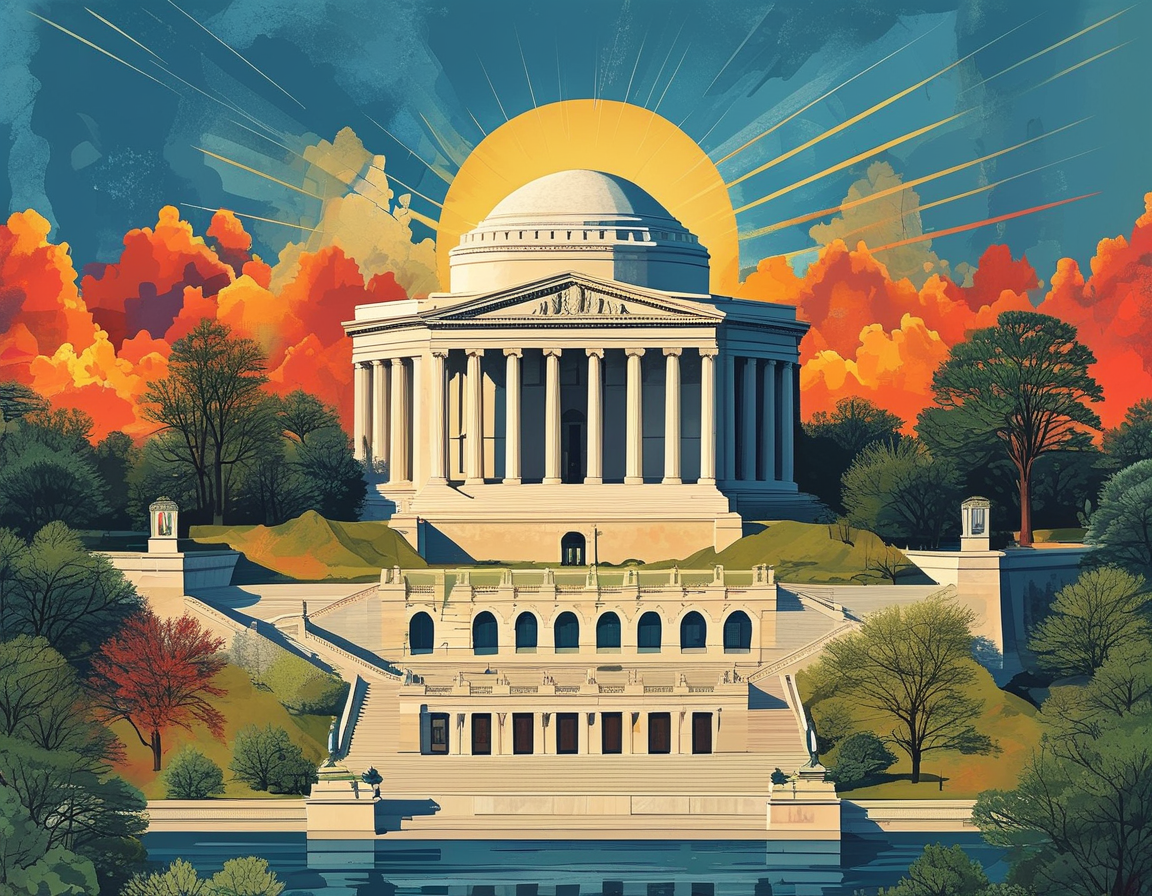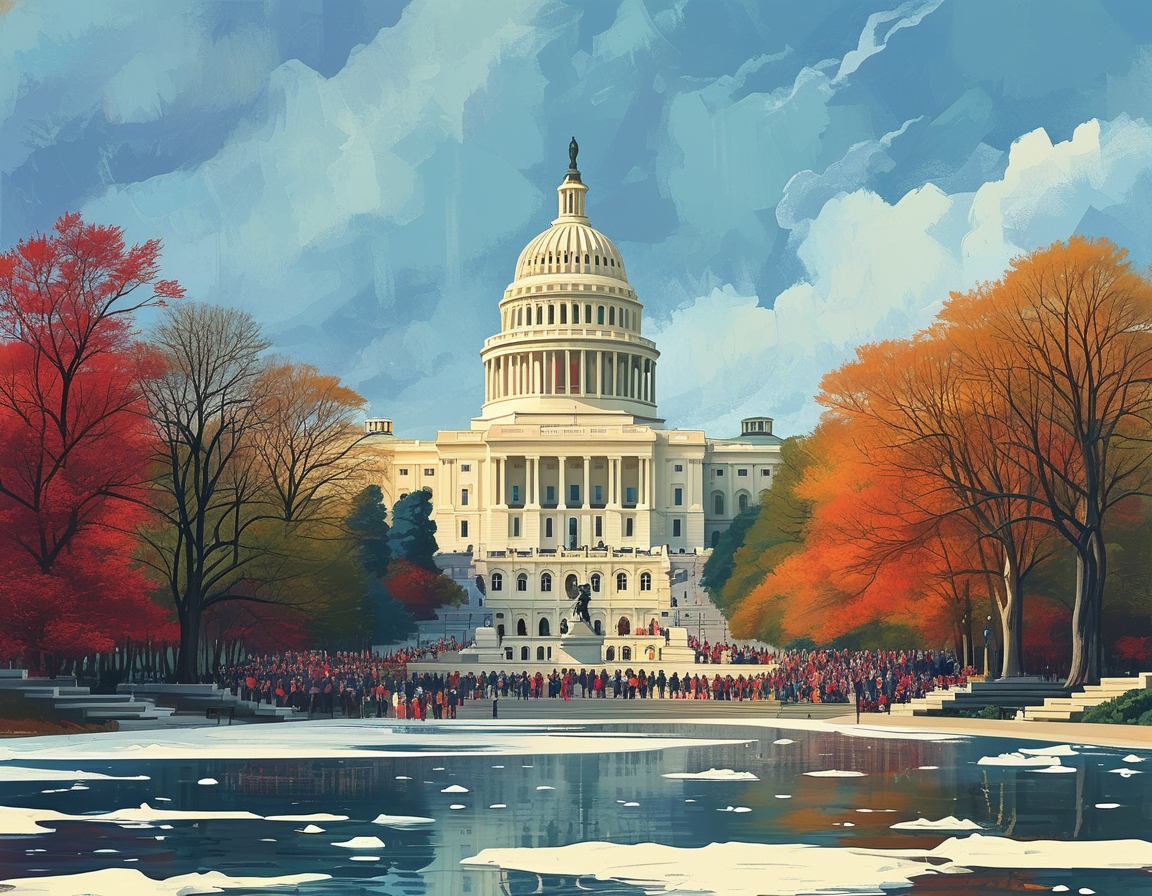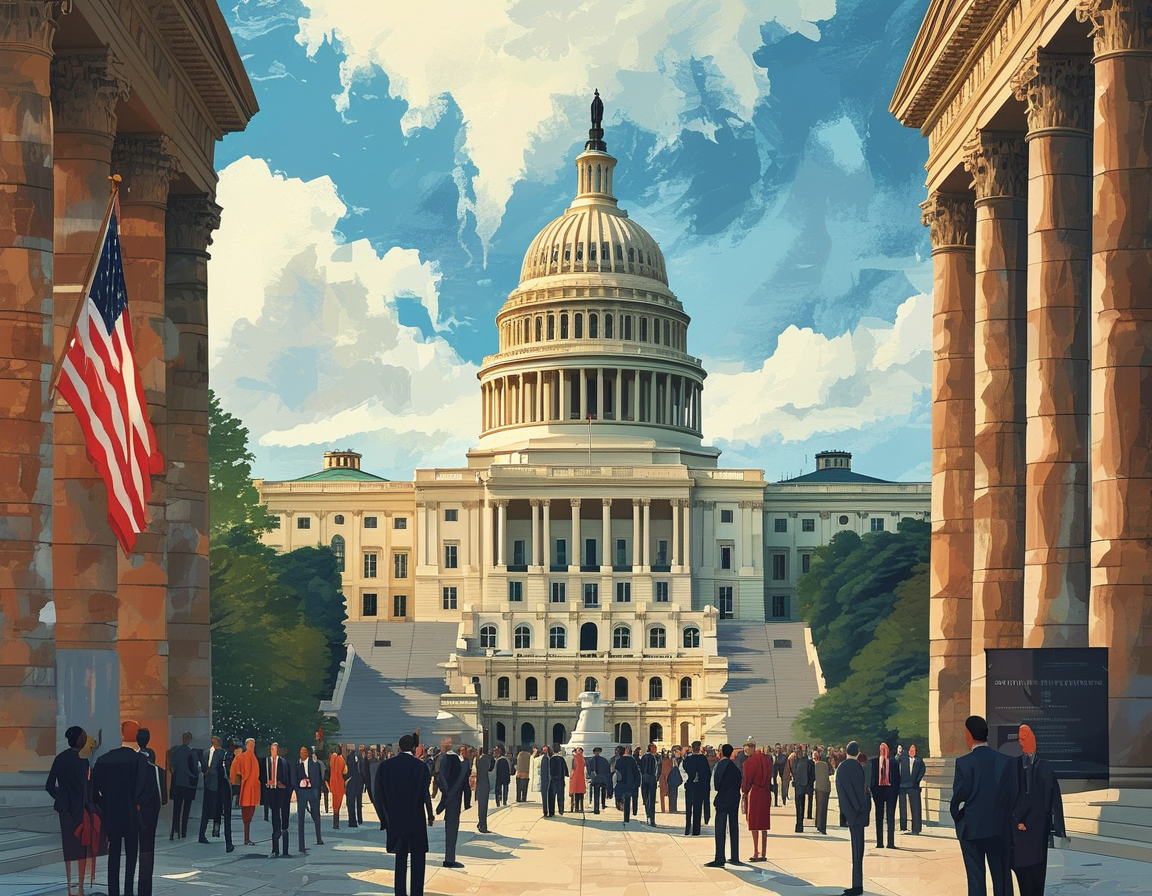Trump’s latest executive order stirs debate. It pushes for a ‘purge’ of what he calls divisive ideology. This move centers around the Smithsonian Institution, a beloved part of American culture, which encompasses over 20 museums and the National Zoo.
The order has ignited a firestorm of reactions. Critics argue this is an attempt to whitewash history. They believe that targeting certain aspects of culture under the banner of ‘anti-Americanism’ is dangerous.

Former President Trump’s administration has often railed against what it calls ‘woke’ culture. This term has become a rallying cry for many. They believe that the country is straying from its historical roots.
But what does this all mean for American history? The Smithsonian is a treasure trove of artifacts and stories. Millions of visitors walk through its halls each year, soaking in experiences that shape understanding of America.
Now, with Trump’s order, there’s a suggestion that the narratives presented might change. The vice-president has been directed to oversee this process, which adds another layer to an already tense national conversation.

Essentially, this move is about control. Control of how history is interpreted. Control over what is taught in schools. Scholars and educators are questioning how this will impact educational programs.
Some experts feel that such restrictions may lead to censorship. They fear that limiting discussions on race, gender, and history does a disservice to future generations.
Additionally, this executive order targets the American Women’s History Museum. Critics argue that its development reflects an inclusive narrative. The fear is that this could lead to backlash against various marginalized communities.

This situation is compounded by Trump’s emphasis on restoring historical landmarks. He calls for the restoration of monuments that he claims have been unfairly altered. This includes Independence Hall in Philadelphia, a site steeped in American history.
The proposed changes come just ahead of a significant anniversary. The upcoming 250th anniversary of the Declaration of Independence looms large.
Trump argues that this is about ‘restoring truth.’ But what constitutes truth? Is it a singular interpretation, or a mosaic of experiences? These are questions worth exploring.
The Smithsonian has long been a space for dialogue. Its offerings are vast and varied, from the African American History Museum to the American Art Museum. Visitors can witness firsthand the complexities of the nation’s past.
Changing these narratives could alienate many supporters. Art, culture, and history often provoke passion. They can unite people or tear them apart.
Additionally, the response from the public is telling. Some view this as a return to traditional values. Others see it as a threat to the inclusivity that America strives to achieve.
There’s also the economic factor. Tourism significantly relies on the Smithsonian’s appeal. Millions flock to these museums yearly. A drastic shift in narrative could impact visitor engagement.
In the end, this executive order sparks deep divides. It challenges people to reflect on what American history means to them. The diversity of experiences makes the nation unique.
Trump’s aim to ‘restore truth’ might resonate with some. However, to many, it may feel like a denial of the rich tapestry that is American history. As with most things in politics, it’s complicated. The cultural landscape in America may well pivot on how this executive order is implemented and received.
Leave a Comment